House Roof Repair: Should You Fix or Replace?
Need to fix your roof but not sure where to start? Whether you’re dealing with a roof leak or other damage, this house roof repair guide is here to help. Learn to spot damage and decide if you need simple repairs or a full replacement.
Key Takeaways
-
Early detection and repair of roof damage, such as leaks and missing shingles, can prevent costly replacements and extend roof lifespan.
-
Assessing the severity of roof damage is crucial; if over 30% is affected, replacement is often more cost-effective than ongoing repairs.
-
Selecting the right roofing material and maintaining regular inspections and preventive measures can significantly enhance roof durability and energy efficiency.
Identifying Roof Damage: When to Repair
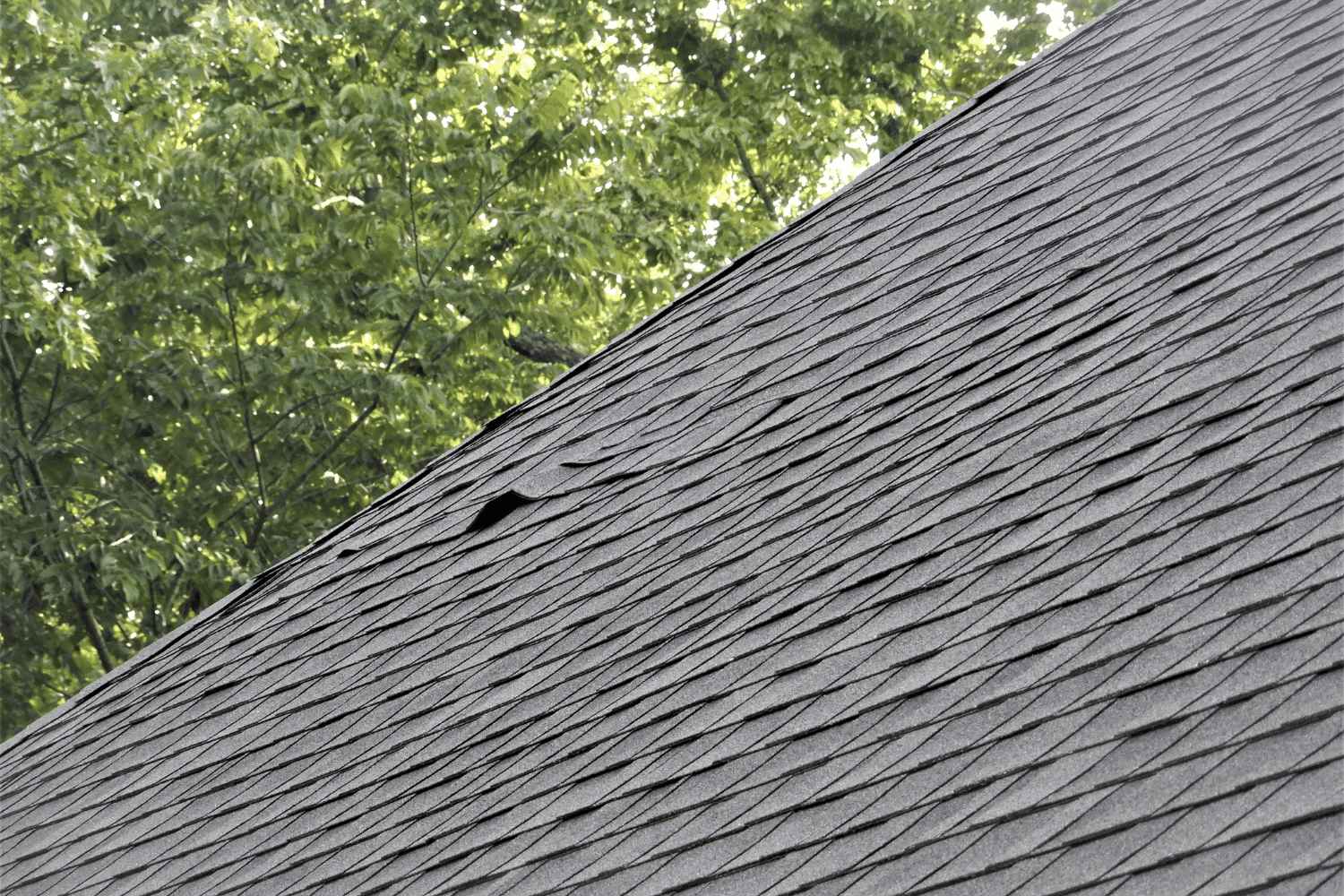
Early detection of roof damage can prevent more significant problems. Small leaks or missing shingles often require simple repairs, while severe damage might need a full roof replacement.
Understanding the signs of damage, whether aesthetic or structural, can guide you to the right decision. Consulting a roofing company is crucial for accurate damage assessment and repair.
Minor Leaks and Water Stains
Water stains on ceilings or walls, peeling paint, or mold growth often indicate minor roof leaks. These typically occur around roof penetrations like pipes and vents, where materials such as rubber, tar, and plastic degrade over time. Replacing the affected areas promptly can prevent further damage and extend your roof’s lifespan.
Freeing your roof’s drains from blockages prevents water pooling and potential leaks. Regular inspections and timely repairs maintain the roof’s integrity and protect your home from moisture-related problems.
Missing or Damaged Shingles
Missing or damaged shingles are common issues often resolved with minor repairs. A few shingles blown off by wind or hail can typically be replaced without a complete roof overhaul. Asphalt shingles can be easily swapped to maintain your roof’s integrity, especially if you have missing asphalt shingles.
Inspecting shingles regularly for cracks, curling, or blistering helps spot problems early. Replacing missing shingles immediately prevents water from seeping into the roof deck, avoiding costly structural repairs.
Nail Pops and Minor Surface Damage
Nail pops, where roofing nails push up through shingles, can cause significant damage if not addressed promptly. These minor issues allow moisture infiltration, potentially leading to structural damage. Early repair with sealant or caulking can prevent escalation.
Regular inspections catch minor surface damage like small cracks or blistering before they worsen. Promptly addressing these issues can extend your roof’s life and save money on extensive repairs.
Assessing the Extent of Roof Damage

Assessing roof damage helps decide whether to repair or replace it. Consider the severity of damage, potential costs, and the feasibility of repairs. Understanding the difference between roof repair vs roof replacement is crucial in making an informed decision.
If more than 30 percent of your roof is damaged, replacement might be the more cost-effective option.
Roof Inspection Tips
Thorough inspections inside and outside your home help gauge roof damage. Water stains, mold, and missing shingles are telltale signs. Dark spots or discoloration on interior surfaces often indicate water damage.
Post-storm inspections are necessary as severe weather can worsen existing issues or create new ones. Check for cracks, holes, and the condition of roof penetrations to prevent leaks. Inspecting from the ground and attic provides a comprehensive view of the roof’s condition.
Professional Assessment
Hiring a trusted roofing contractor for a professional assessment provides detailed insights into your roof’s condition. Professionals can uncover minor damages and leaks missed during casual inspections. Infrared inspections can reveal hidden moisture issues.
A credible and experienced roofer ensures a thorough inspection, guiding you to the right decision.
The Benefits of Timely Roof Repairs
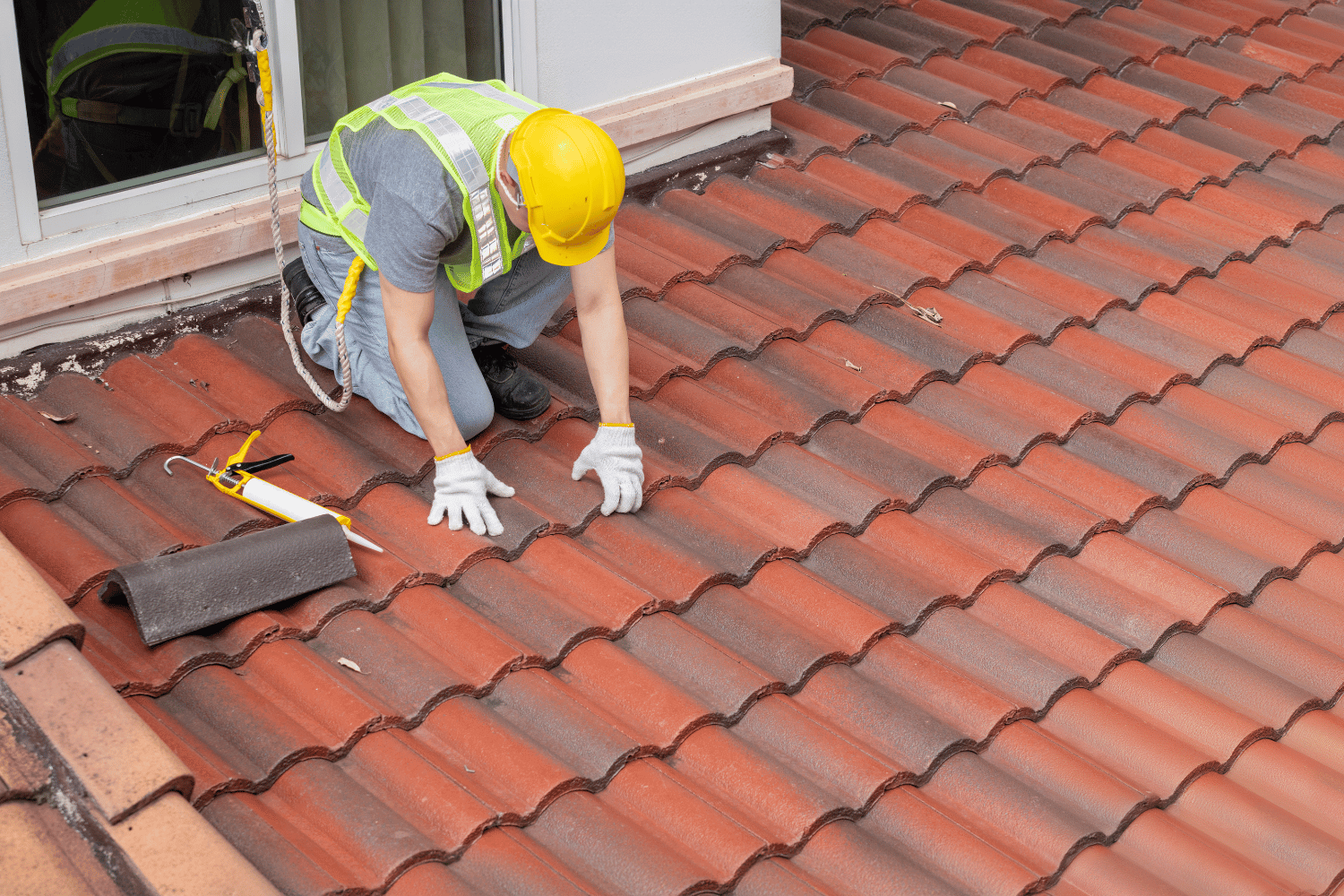
Timely roof repairs enhance longevity, prevent further damage, and save money. Addressing minor issues promptly prevents them from escalating into significant problems requiring expensive repairs or a full replacement.
Cost-Effectiveness
Repairs usually cost less than a full replacement, but frequent repairs can eventually surpass the cost of a new roof. Addressing issues early mitigates costs and extends your roof’s life.
Keeping a clean roof reduces the risk of premature deterioration and costly repairs.
Energy Efficiency
Timely roof repairs improve energy efficiency by preventing leaks and enhancing insulation. Regular maintenance minimizes air leaks, reducing heating and cooling costs.
Modern roofing materials, such as energy-efficient asphalt shingles and new roofing materials, reflect solar heat and lower utility bills.
When Roof Replacement is Necessary
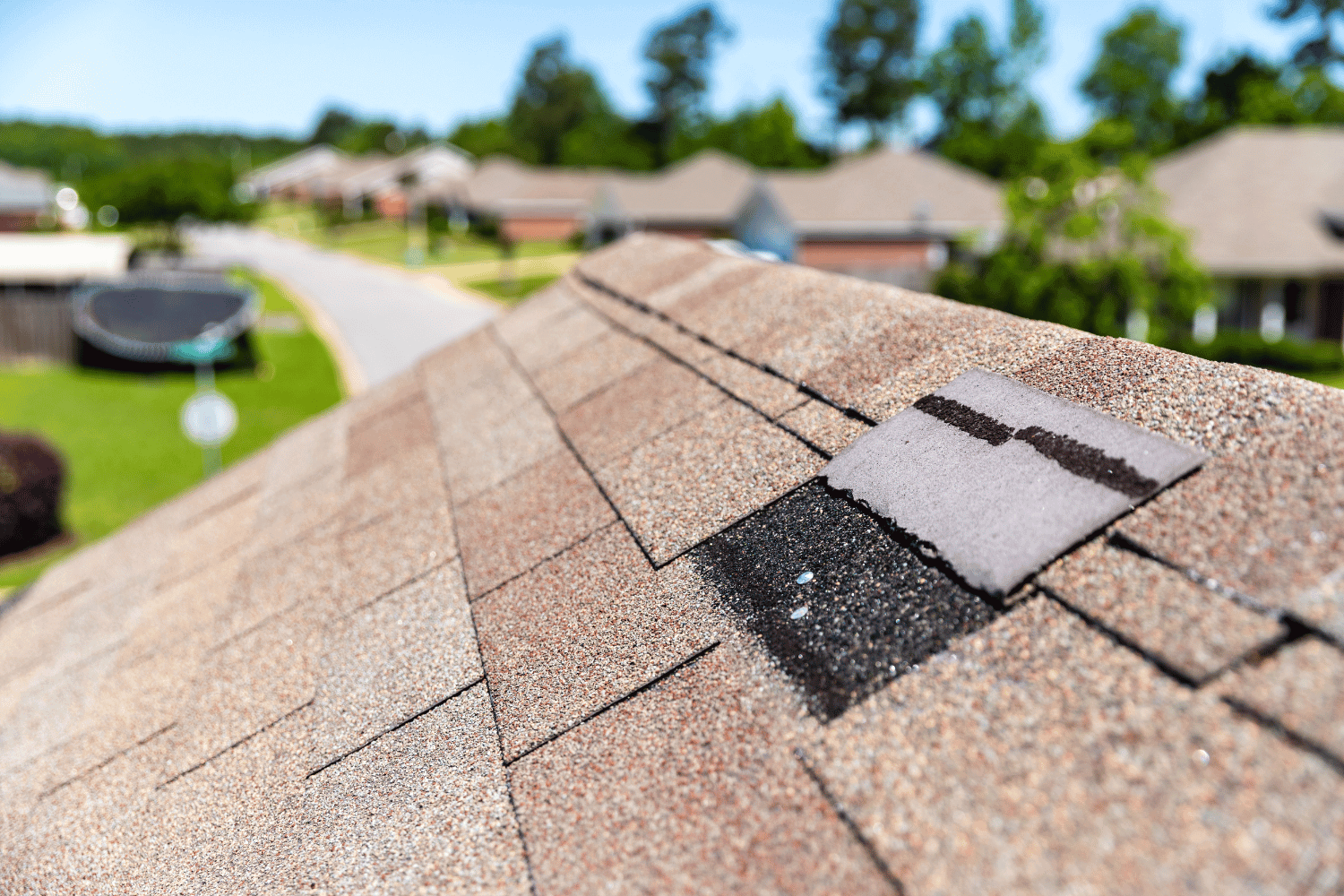
An entire roof replacement may be the best option if frequent small repairs surpass the expense of a complete roof replacement. Roof age, structural damage, and repair frequency are crucial factors in this decision.
Age and Lifespan of Roofing Materials
Roof age is significant in deciding to repair or replace it. Asphalt shingles last 15 to 20 years, while metal roofs can exceed 50 years. As your roof nears its expected lifespan, regular inspections become crucial.
If your roof is nearing the end of its life and has minor damage, repairs might still be feasible. Understanding the age and durability of your roofing materials aids in making an informed decision.
Structural Damage and Sagging
Sagging roof decking signals the need for a full replacement of the entire roof. Structural damage can lead to serious issues, requiring comprehensive replacement rather than temporary repairs.
Promptly addressing these signs ensures your home’s safety and integrity.
Frequent Repairs
Frequent repairs or recurring leaks indicate the need for roof replacement. Continual problems suggest that replacing the roof is more cost-effective and ensures proper safety and functionality. Homeowners often face the question: should I repair or replace my roof? Understanding this decision-making process can help find cost-effective solutions and guide them before consulting professionals.
Promptly addressing recurring issues is essential for long-term durability.
Choosing the Right Roofing Material for Replacement

Choosing the right roofing material provides long-term benefits, including energy efficiency and cost management. The right choice improves insulation, curb appeal, and overall performance.
Asphalt Shingles
Asphalt shingles are affordable and versatile. Available in various colors and styles, they enhance your home’s exterior appearance and provide excellent weather protection.
Their durability and cost-effectiveness make them popular.
Metal Roofing Options
Metal roofing is known for exceptional durability and resistance to severe weather. With a lifespan of 40 to 70 years, metal roofs require less maintenance and offer long-term reliability.
Steel, aluminum, and copper options provide versatility and strength.
Energy-Efficient Roofing Solutions
Energy-efficient roofing materials reduce heating and cooling costs. Modern asphalt shingles with solar-reflecting granules and metal roofing options lower utility bills. These materials save money and contribute to a sustainable home environment.
Financing Your Roof Repair or Replacement
Understanding financing options for roof repairs or replacements helps manage financial burdens. Credit cards, home equity loans, and other options can effectively handle costs.
Financing Programs
Credit cards offer quick funding for repairs but may carry high-interest rates after the promotional period. Personal loans provide lump sums with fixed monthly installments. Home equity loans and HELOCs allow borrowing against your home equity, offering flexible repayment options.
Rapid Roofing offers financing assistance through flexible programs.
Insurance Claims Assistance
Homeowners’ insurance typically covers costs to replace or repair roofs damaged by storms or accidents. Rapid Roofing guides homeowners through the insurance claims process to ensure proper coverage.
Professional assessment reports are critical for viable insurance claims.
Maintaining Your Roof Post-Repair or Replacement
Proper maintenance can extend your roof’s lifespan and improve performance. Regular inspections and preventive maintenance avoid costly emergency repairs.
Regular Inspections
Regular inspections identify potential roof problems early, preventing costly repairs later. Schedule inspections twice a year, ideally in spring and fall, and after major storms.
Inspections should cover both the roof’s exterior and your attic for signs of water damage or mold growth.
Preventive Maintenance
Preventive maintenance includes regular cleaning to remove debris that can trap water and cause leaks. Inspect the roof’s edges and flashing to prevent water intrusion. Keeping your roof clean and free from blockages ensures proper drainage and reduces the need for major repairs.
Summary
Making the right decision between roof repair and replacement hinges on various factors, including the extent of damage, costs, and the age of your roofing materials. Timely repairs can prevent minor issues from escalating and save you money in the long run. However, there are times when a full roof replacement becomes the most cost-effective and necessary solution.
By regularly inspecting and maintaining your roof, you can extend its lifespan and improve your home’s energy efficiency. When the time comes to choose new roofing materials, considering options like asphalt shingles or metal roofing can provide long-term benefits. At Rapid Roofing, we’re here to help guide you through every step of your roofing project, ensuring you make the best decision for your home.
Frequently Asked Questions
How can I tell if my roof needs repair or replacement?
To determine if your roof needs repair or replacement, check for water stains, missing shingles, and structural damage. If over 30% is damaged, it’s time to consider replacement, and a professional evaluation can confirm your decision.
What are the benefits of timely roof repairs?
Timely roof repairs significantly enhance your roof’s longevity and prevent smaller issues from escalating into costly repairs or replacements. Additionally, they improve energy efficiency by sealing leaks, saving you money in the long run.
What roofing materials should I consider for replacement?
Consider asphalt shingles for their cost-effectiveness and versatility, or opt for metal roofing if you prioritize durability and weather resistance. Also, energy-efficient materials can help lower your heating and cooling expenses.
What financing options are available for roof repairs or replacement?
For roof repairs or replacement, you can consider options like credit cards, personal loans, home equity loans, and HELOCs. Additionally, many contractors, such as Rapid Roofing, provide flexible financing programs to ease cost management.
How can I maintain my roof after repairs or replacement?
To maintain your roof after repairs or replacement, conduct regular inspections and preventive maintenance. Keeping the roof clean, checking edges and flashing, and promptly addressing minor issues will significantly extend its lifespan.
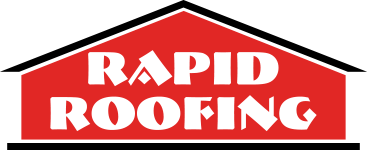

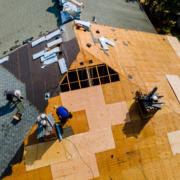
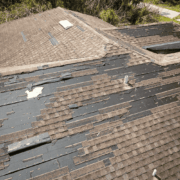
 Residential Roofing
Residential Roofing Storm Damage
Storm Damage Multi-Family Homes
Multi-Family Homes
